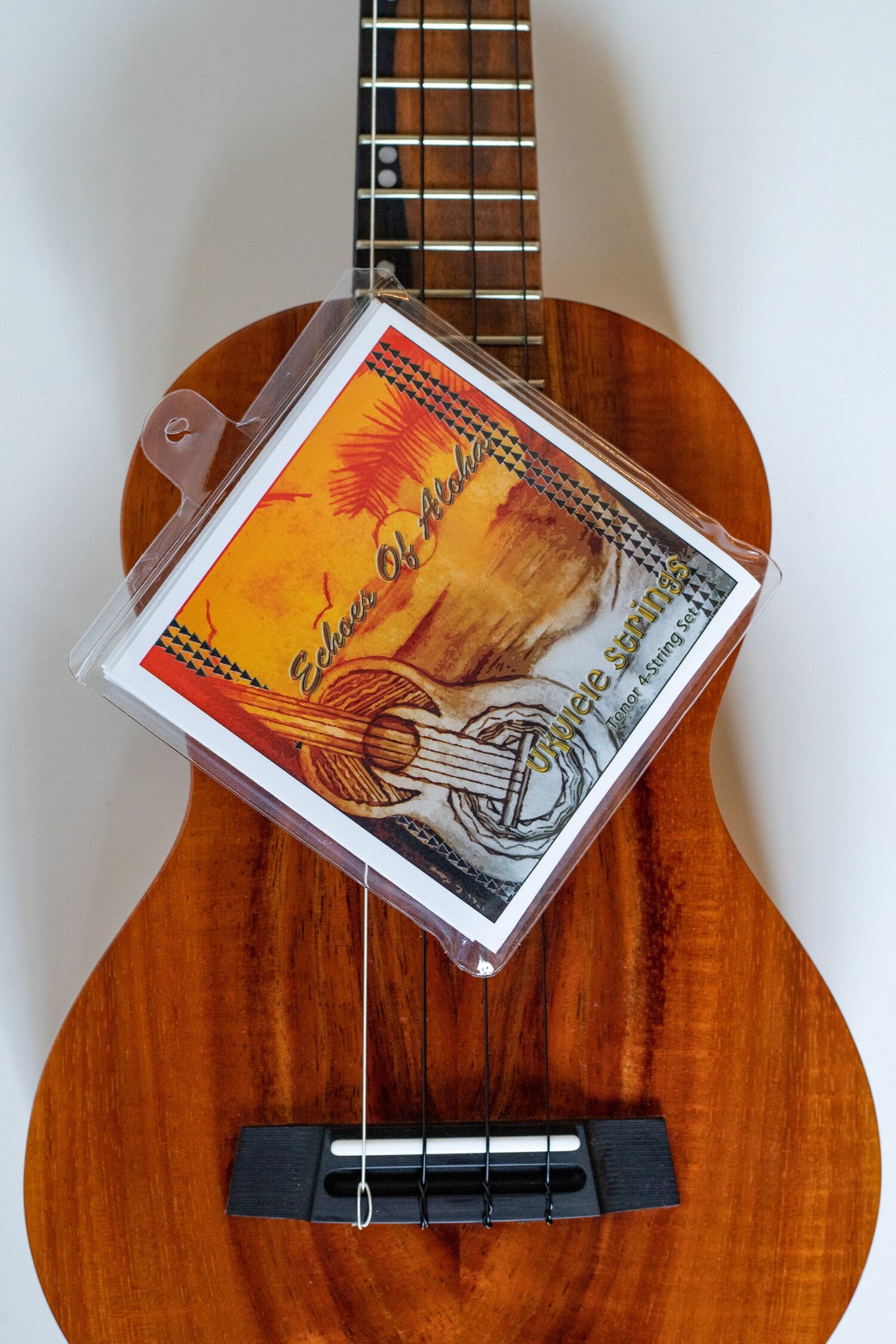Coloured fishing lines are very popular. The Du Pont factory possibly tried to make all sorts of colours to suit various fishing conditions. Carbon Black pigment is cheap and easy to make, once they proved it worked in nylon, they would have been working on turning it into a commercial fishing product. Black lines are useful in murky water conditions according to fishing line guides.
This is a geeky history of nylon:
http://personal.strath.ac.uk/andrew.mclaren/Turin2002/CD congresso/The history of nylons.pdf
I thought there may be some help with history in the Kamaka Museum here:
http://www.kamakahawaii.com/about/historic-kamaka-ukuleles.html. But, black strings are fitted to several ukuleles that were made before nylon was even invented, so the strings don't seem to be historically accurate. Its hard to tell from the photos if they are black nylon or another dark material.
Could Augustine or Du Pont have marketed nylon strings to Kamaka after 1949 into the ukulele explosion of the 1950s? Maybe Kamaka researchers tried some of the then new fangled product and like the sound of the black nylon and started using it? We have seen similar exercises with more recent string technologies.
Someone in the Kamaka Company may have a memory of when black nylon was first fitted to Kamaka ukuleles. Maybe if there is a UU member visiting the factory soon they could ask?



